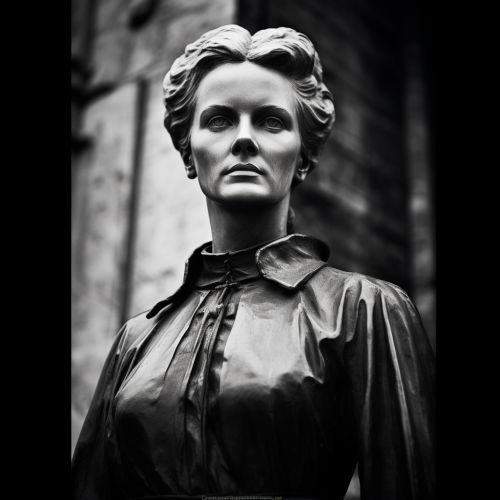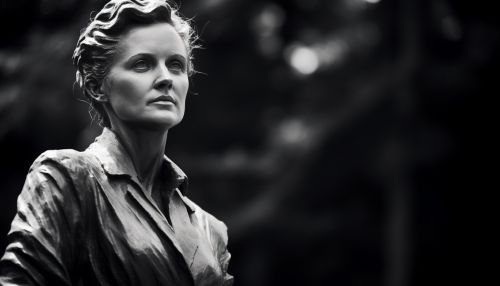Marie Curie
Early Life and Education
Marie Curie, born Maria Salomea Skłodowska on November 7, 1867, in Warsaw, Polish Kingdom, was the youngest of five children. Her parents were both teachers, and they instilled in her a deep love for learning. Despite the political oppression of Poland by the Russian Empire, Curie was able to receive a quality education, primarily through underground, informal schooling.
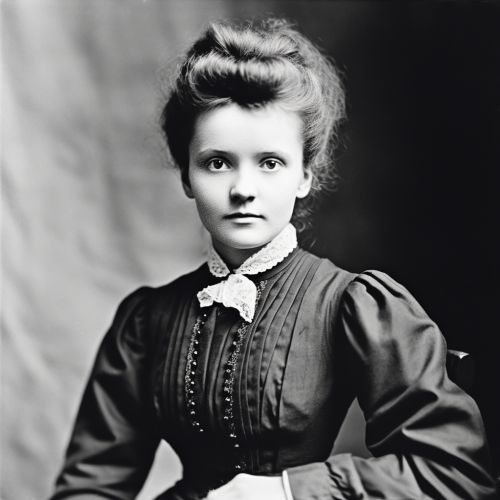
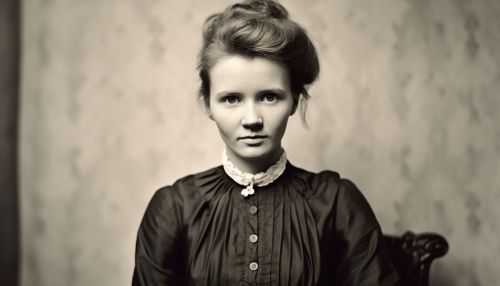
In 1891, Curie moved to Paris, France, to attend the prestigious Sorbonne. She studied physics and mathematics, and in 1893, she earned her degree in physics. In 1894, she met Pierre Curie, a French physicist, and they married the following year.
Scientific Discoveries
Marie Curie's scientific achievements began with her research into uranium rays, which led to the discovery of radioactivity. She hypothesized that the radiation was not the outcome of molecular interactions but came from the atom itself. This revolutionary idea created the field of atomic physics and the Curie's got the Nobel Prize in Physics in 1903.
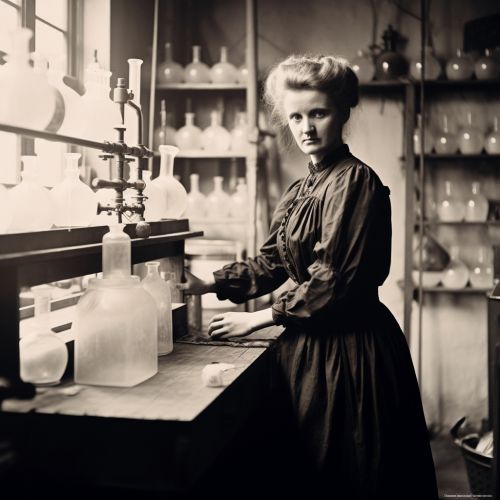
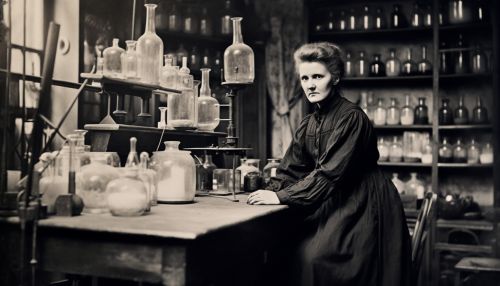
In 1911, Curie won her second Nobel Prize, this time in Chemistry, for her discovery of the elements polonium and radium. She was the first person to win two Nobel Prizes, and she remains the only person to have won in two different scientific fields.
Later Life and Legacy
Despite the professional success, Curie's personal life was marked by tragedy. Pierre Curie died in a street accident in 1906. Despite her profound grief, Curie took over his teaching post at the Sorbonne, becoming the institution's first female professor.
During World War I, Curie developed mobile radiography units, known as "Little Curies," to provide X-ray services to field hospitals. These units greatly improved the treatment of wounded soldiers and earned her the gratitude of her adopted country.
Curie died on July 4, 1934, from aplastic anemia, a condition linked to her long-term exposure to radiation. Her pioneering research on radioactivity left a lasting legacy in the scientific world and has shaped much of our modern understanding of the atom and radiation. She also broke down many barriers for women in science.
